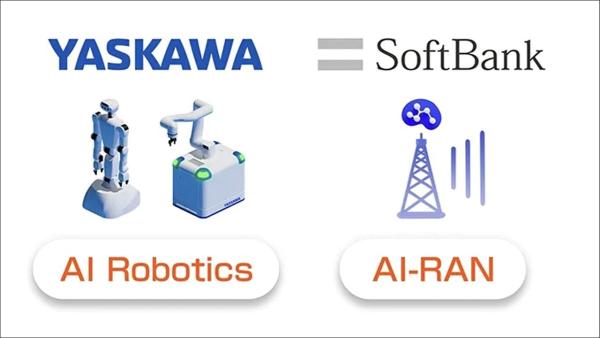
Written by Mary Lennighan for Telecoms.com
Big telcos will spend on average US$1 billion each on network cloud transformation in the next few years, according to new forecasting from Capgemini.
While that might seem like a huge sum – and indeed it is – the consultancy is upbeat on return on investment, essentially predicting that those who spend early will make half their money back pretty quickly.
Specifically, the firm’s research arm forecasts that 46% of telco network capacity will be entirely cloud native in the next three to five years. To get to that point, it expects telecoms companies to have to spend at least $200 million per year on cloud transformation during that period, hence the $1 billion headline finding.
That $200 million – or $206 million, to be precise – is an average figure, with spend varying by a considerable amount based on annual revenues (see chart). The biggest operators, those with revenues in excess of $30 billion per year, will spend $348 million, for example, so could be looking at network cloud transformation investment of $1.7 billion over five years.
“Early adopters are expected to reap the most benefits from a financial, business and sustainability perspective,” Capgemini said.
Indeed, it predicts that early adopters of cloud-based telco platforms will recover 47% of their investment within that initial three-to-five year period. It defines early adopters as those with a comprehensive telco cloud strategy with well-defined goals and timelines; advanced players in terms of the proportion of network functions that have been virtualized; and those that expect more than 50 percent of their network capacity be on cloud.
“The financial benefits from telco cloud make a convincing business case for investment,” Capgemini said, which has to be good news for telcos on the hook for a $1 billion-plus spend.
Telcos expect to optimise network total cost of ownership (TCO) by 13%, resulting in cost savings of $260 million-$380 million each per annum, it explained. In addition, they expect to bring in an extra $110 million-$210 million in revenues per year. Capgemini’s research is based on interviews with 270 telecoms executives, mainly at large CSPs (170 of the total), but also vendors, hyperscalers and others.
Capgemini highlights the usual benefits to be obtained from telco cloud transformation, including the cost-reduction and revenue-generation potential of Open RAN, and the quick rollout of potentially lucrative services and use cases, especially over 5G.
For the telcos that already making these kinds of moves, the research doubtless makes for encouraging reading.
And there are many operators on this cloud migration journey.
BT, for example, announced just two weeks ago that it is working with Kyndryl to move a number of applications servicing its legacy copper business and consumer broadband products from mainframe computers to the cloud.
The firms gave examples of the kind of cost benefits highlighted by Capgemini; they claim the migration will reduce mainframe operating costs and energy consumption by 70%, generating annual savings of £17 million by the time their project is due to close in 2026.
That’s a drop in the ocean compared with the £2 billion in annual savings BT said it expects to reap by 2024 as part of its partnership with Amazon Web Services (AWS), announced last spring. But every little helps.
Further afield, Ericsson late last year shared details of cloud RAN trials with Telstra in Australia, and deployed its first cloud RAN site with US-based Verizon.
Verizon in particular has become something of an advocate for virtualised RAN, having deployed 10,000 vRAN sites from Samsung and with a goal of 20,000-plus by 2025. It cites the advantages you would expect: delivering services quickly, network flexibility and opex savings.
These are just a few examples of many. And research like that published by Capgemini should give these operators and their peers confidence that their digital transformation journeys are heading in the right direction.
Click here to read the original article.








